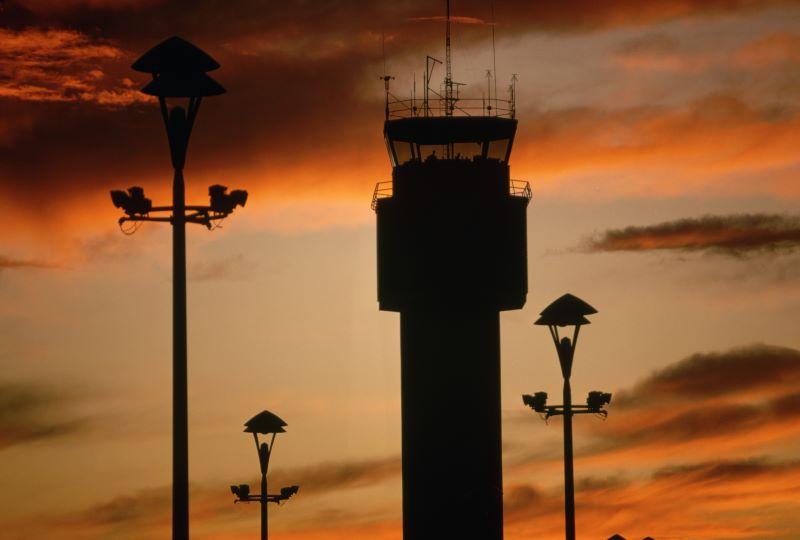
Calling Air Traffic Control (ATC) performance in both Europe and the U.S. “disappointing,” IATA says accountability and better decisions are needed to move the needle on constraints.
“It is disheartening that the politicians who were quick to criticize airlines last year, have remained silent about the disruption caused by government controlled or regulated ATC providers,” Director General Willie Walsh said in a July 12 statement. “They need to be held accountable for the economic and environmental costs of poor ATC performance, so they have an incentive to make better decisions. This summer has shown us that the ‘to do’ list is already well-known—proper staffing, modernization with the Single European Sky and finding ways to maintain essential ATC services during periods of industrial action, while respecting workers’ rights.”
Airlines in Europe have expressed concerns about ATC disruptions, which contributed to widespread cancellations in summer 2022. EasyJet in July confirmed it would preemptively cancel approximately 1,700 flights for the remainder of the busy travel season, mainly at its London Gatwick base, because of “unprecedented ATC delays” caused by factors including Russia-Ukraine conflict airspace closures and ATC strikes.
“The most severe impacts are being seen at Europe’s most congested airports,” Walsh noted, “especially” at London Gatwick which he said is now “the worst performing airport among the 31 major airports reported by Eurocontrol.”
The challenges, he added, stem from a lack of resources nationally, and in the case of Gatwick, locally.
“Airlines and airports worked hard to ensure that sufficient resources would be provided to minimize disruptions and get travelers to where they need to be on time,” Walsh said. “Lack of ATC resources nationally—particularly in Germany and France are preventing that. While some areas of ATC performance have improved over 2022, we remain unacceptably behind 2019 levels.”
Eurocontrol counters that delays have shown improvement at the start of the summer season.
“In positive news for passengers across the continent, figures from June 2023, the first month of the summer, show that while traffic is up by 7% compared to June 2022, air traffic flow management (ATFM) delays per flight are down by 8% to 3.7 minutes per flight,” the agency said in a July 12 statement. “Specific areas are experiencing constraints caused by local issues such as infrastructure or staffing. Where these exist, Eurocontrol is continuing to work with airlines, ANSPs, the military and airports to mitigate the impacts as much as possible.”
In the U.S., ATC staffing shortages are also playing a role in summer delays. A recent Transportation Department Office of Inspector General (OIG) audit broke down system constraints, finding that the FAA had about 10% fewer certified controllers in 2022 than in 2012. The agency currently employs about 13,300 controllers in 300 facilities and of that number about 10,600 are certified professional controllers (CPCs), while the rest are trainees, the audit found.
It represents a shortfall of about 2,200 trained staffers.
Exacerbated by pauses in training during the height of the pandemic-related downturn, this lack of controllers is a piece of the problem, but FAA’s models for determining staffing needs—long a target of government audits—is playing just as large a role, the OIG said.
The system’s needs have not changed much. While steadily improving air traffic control technology has brought some efficiency, the U.S. airspace system has not lost towers or en-route facilities in the past decade. Depending on the specific functions, ATC facilities are handling about the same to slightly more operations today compared to a decade ago, FAA forecast data show.
En-route centers are experiencing about 10% more operations today than 10 years ago. Traffic handled by terminal radar approach control facilities (tracons) that move traffic between higher altitudes and airport towers is flat, as is the number of flight that tower controllers are managing.
Making the situation more challenging is the imbalance of shortages throughout the system. The OIG audit found that 20 of 26 so-called “critical” facilities are staffed below the FAA’s target of 85%. Among the most strained are the New York tracon, at 54%, and the Jacksonville, Florida center, at 66%.
The audit made two recommendations: Review staffing protocol for CPCs and factor in variables such as overtime and real-time leave balances when determining facility-specific needs. The agency agreed with both recommendations, giving itself a deadline of Sept. 30, 2023 for both items.
A May 2023 staffing plan submitted to lawmakers includes rollout of its new Air Traffic Operations Management System, the FAA added. It is expected to be in place system-wide by the end of 2024, the agency said.






